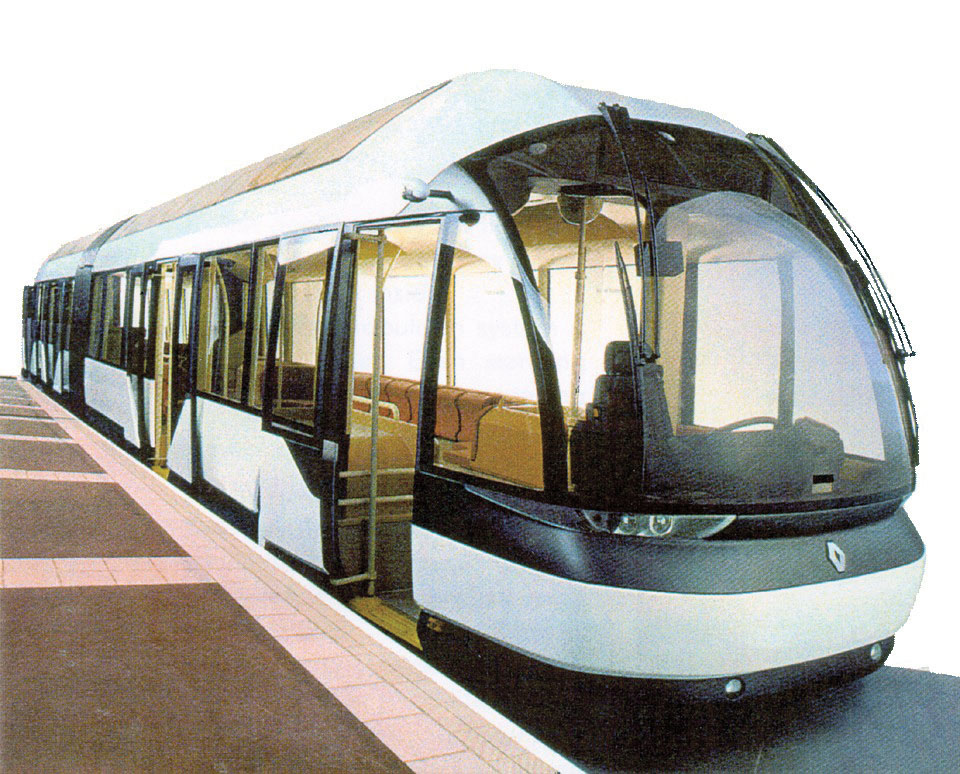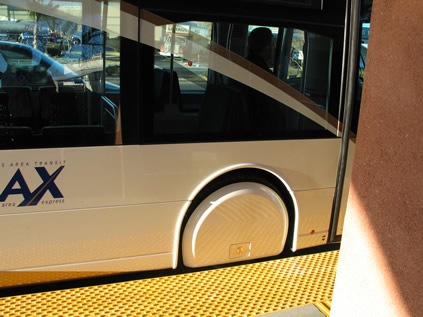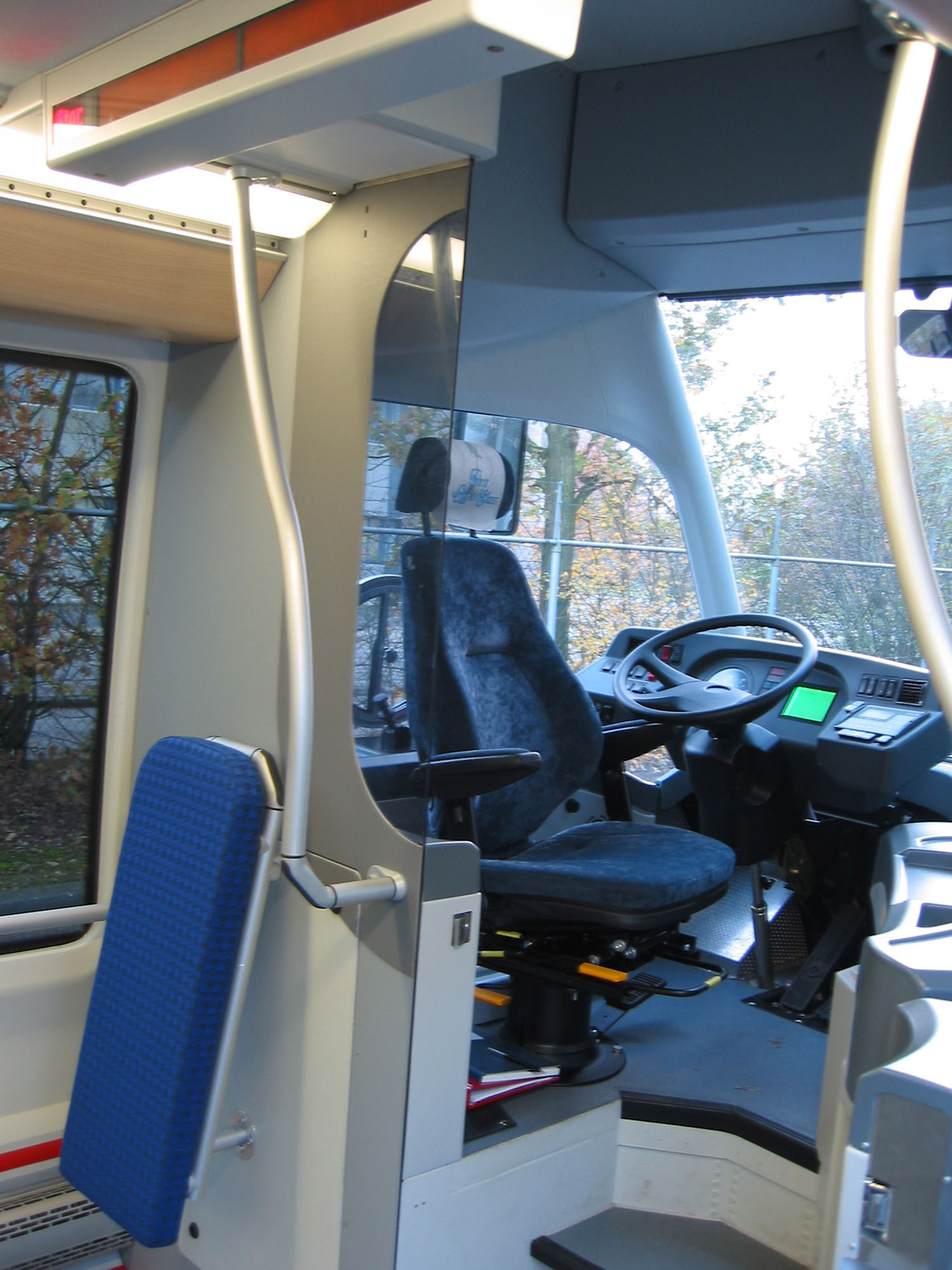20.7Vehicle Aesthetics
Design is not just what it looks like and feels like. Design is how it works.Steve Jobs, co-founder and former CEO of Apple Inc., 1955–2011
The aesthetic nature of the vehicle technology should also be an explicit component of the design and specification process. Vehicle styling, color and aesthetic features figure greatly in the public’s perception of the system. The vehicle, along with the stations, are the most visceral and visible elements of the system. The appearance, branding, interior design, and maintenance of these elements will be critical to customer experience of the system and the visual language of the system.
Some manufacturers are now emulating many of the design features from light-rail systems (Figure 20.41). Simply by covering the wheels and rounding the bus body, these manufacturers have greatly increased the aesthetic appeal of their product. These initial vehicle designs are relatively expensive, in part because other features such as optical-guidance systems often accompany them. However, the idea of creating a customer pleasing form is not necessarily a costly endeavor.

It is important that the external and internal aesthetic design include modern elements that differentiate the system from informal public transportation. Design elements that typically elicit a positive customer reaction include:
- Aerodynamic curvature of body, especially a rounded front;
- Covered wheels (Figure 20.42);
- Panoramic windows;
- Window color and tint;
- Paint-color combination;
- Interior lighting of vehicle;
- High-quality floor and interior materials;
- Interior layout and design (Figure 20.43);
- Information systems for customers (electronic information boards and sound systems).

